Zongzi, the beloved pyramid-shaped rice dumplings wrapped in bamboo leaves, are a culinary staple during traditional festivals like the Dragon Boat Festival. These sticky treats, often filled with ingredients like red bean paste, pork, or salted egg yolk, are labor-intensive to make, leading many to prepare them in bulk. Freezing zongzi is a common practice to extend their shelf life, but when combined with ice packs, how long can they truly last without compromising safety or quality? This article explores the science behind frozen zongzi storage, the role of ice packs, and actionable tips to ensure your festive delicacies remain delicious and safe to eat.
The Basics of Zongzi Preservation
Zongzi’s primary ingredients—glutinous rice, fillings, and bamboo leaves—make them perishable if not stored correctly. Freshly made zongzi can last 3–5 days in the refrigerator but risk spoilage due to moisture and bacterial growth. Freezing emerges as the superior long-term solution, halting microbial activity and preserving texture. However, even freezing has limitations. Ice packs, often used during transportation or in coolers, act as a supplementary tool to maintain low temperatures, but their efficacy depends on usage and environment.
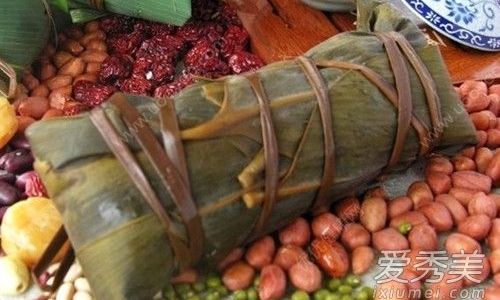
How Ice Packs Work: A Scientific Overview
Ice packs are designed to absorb heat through phase changes—typically from solid to liquid (gel packs) or via endothermic reactions (instant cold packs). When placed alongside frozen zongzi, they create a micro-environment of stable cold, slowing temperature fluctuations that cause freezer burn or partial thawing. Gel ice packs, reusable and flexible, are ideal for maintaining temperatures below 32°F (0°C), while dry ice packs can drop temperatures far below freezing. The key is ensuring ice packs are fully frozen before use and replaced regularly if storage exceeds 24 hours.
Factors Influencing Shelf Life
-
Temperature Consistency:
Frequent temperature shifts accelerate degradation. Zongzi stored in a freezer set to 0°F (-18°C) with ice packs as a backup can last 3–6 months. However, if power outages occur or the freezer door is opened often, ice packs act as a buffer, extending usability by 12–24 hours. -
Packaging Quality:
Airtight containers or vacuum-sealed bags prevent moisture loss and odor absorption. Without proper sealing, ice packs may not compensate, leading to dehydration and texture changes. -
Initial Freshness:
Zongzi made with high-quality ingredients and frozen within 2 hours of cooking retain flavor longer. Pre-frozen or store-bought zongzi may have shorter lifespans due to prior handling. -
Ice Pack Type and Placement:
Gel packs last 24–48 hours in insulated coolers, while dry ice sublimates within 18–24 hours. Placing packs between layers of zongzi ensures even cooling.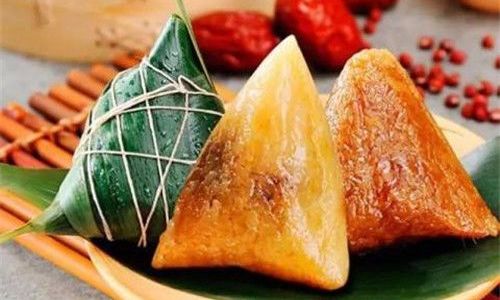
Expert-Recommended Storage Timelines
- Ideal Conditions (0°F/-18°C freezer with minimal openings): 3–6 months.
- With Ice Packs (in a cooler or during transport): 24–48 hours if kept below 40°F (4°C).
- Refrigerator Thawing: Once thawed, consume within 3 days.
The USDA advises that frozen foods remain safe indefinitely at 0°F, but quality diminishes over time. Zongzi’s sticky rice may become crumbly, and fillings might dry out beyond 6 months.
Spotting Spoilage: When to Discard
-
Visual Cues:
- Freezer burn appears as grayish-brown patches or dry, shriveled spots. While not harmful, it affects texture.
- Mold or unusual discoloration (e.g., green fuzz) indicates bacterial growth and warrants disposal.
-
Texture Tests:
- Overly hard or icy zongzi may have suffered freezer burn.
- Mushy or slimy spots signal thawing and refreezing.
-
Odor and Taste:
- Sour, ammonia-like smells or bitter aftertastes are red flags.
- If in doubt, the “sniff test” and a small taste can confirm spoilage.
Thawing and Reheating Safely
- Refrigerator Thawing: Transfer zongzi 12–24 hours before consumption.
- Cold Water Bath: Submerge sealed packaging in cold water, changing every 30 minutes.
- Microwave Defrosting: Use 50% power in short bursts to avoid partial cooking.
Reheating Tips:
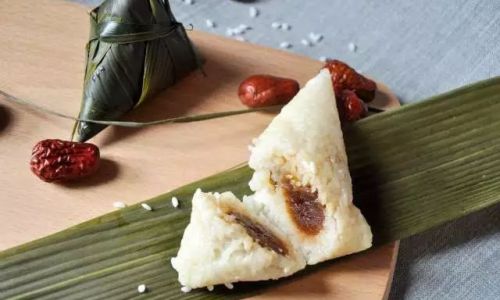
- Steam for 15–20 minutes to retain moisture.
- Boil in water for 10–12 minutes (add a pinch of salt to enhance flavor).
- Microwave with a damp paper towel to prevent dryness.
Creative Ways to Use Leftover Zongzi
- Fried Zongzi: Slice and pan-fry until crispy, served with soy sauce or chili oil.
- Zongzi Pudding: Blend thawed zongzi with coconut milk, then bake until set.
- Savory Salad: Toss diced zongzi with greens, cherry tomatoes, and a sesame dressing.
Repurposing leftovers not only reduces waste but also introduces the dish to new culinary contexts.
Eco-Friendly Practices for Zongzi Storage
- Reusable Ice Packs: Opt for silicone or gel-based packs over single-use plastic alternatives.
- Insulated Containers: Use beeswax wraps or cloth coolers to minimize ice pack usage.
- Portion Control: Freeze zongzi in individual servings to avoid unnecessary thawing.
Conclusion: Preserving Tradition Responsibly
Zongzi embodies cultural heritage and laborious craftsmanship, making proper storage a act of respect. While ice packs extend the window for enjoying frozen zongzi, they are not a substitute for reliable freezing. By prioritizing temperature control, packaging, and hygiene, you can savor these treats for months without risk. Whether shared during festivals or repurposed in innovative recipes, frozen zongzi—when handled correctly—remain a testament to tradition and culinary ingenuity. Stay safe, stay creative, and let every bite honor the spirit of the season.



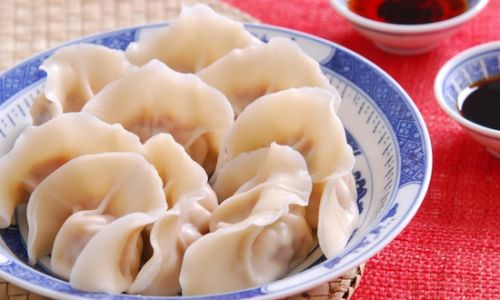
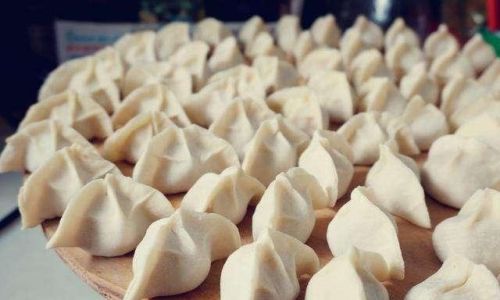
0 comments